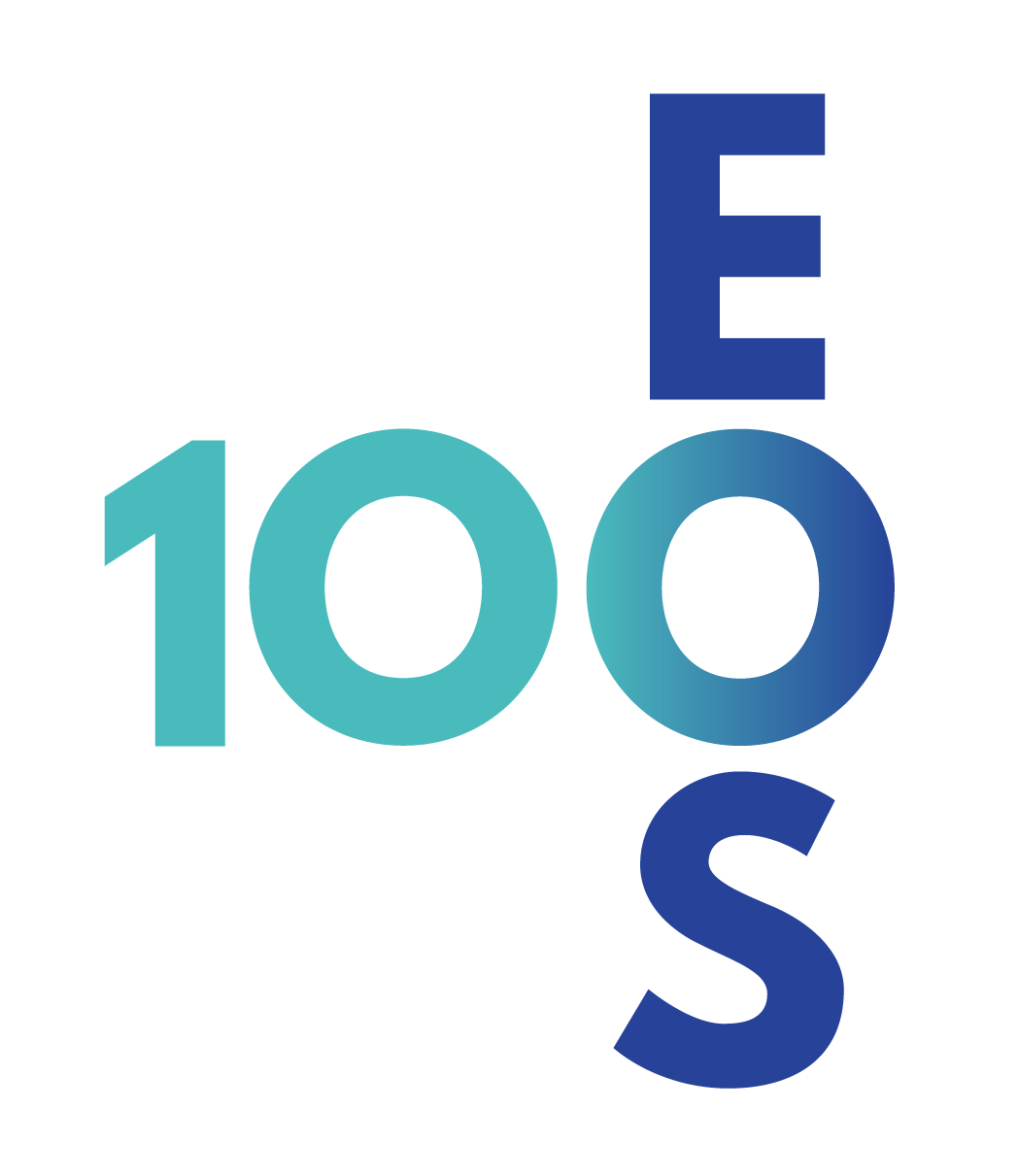)
Maria Cadenas de Llano-Pérula
Orthodontic Management of Autotransplanted Teeth
The aim of this lecture is to review the orthodontic considerations that need to be taken into account when treating teeth with a history of dental trauma and autotransplanted teeth due to missing incisors in the upper front. The importance of case selection and force application on the final outcome is stressed, based on the available scientific evidence as well as on own research and clinical experience.
Learning outcomes
After the lecture, the participants should be able to:
- Acquire basic concepts regarding dental trauma and tooth autotransplantation (TAT)
- Identify the clinical scenarios where TAT is indicated
- Get an overview of the treatment protocols related to TAT from a surgical and an orthodontic point of view.
- Get an update of the latest research regarding the reactions of transplanted teeth and teeth with prior trauma to orthodontic force application, using 2D and 3D techniques.
Speaker biography
Maria Cadenas is Associate Professor at the section of Orthodontics of the Department of Oral Health Sciences of KU Leuven University, Belgium, where she is involved in postgraduate training and is responsible of the orthodontic research output. Her research interests are Biology of Tooth Movement, Root resorption, Tooth Transplantation and Cleft Lip and Palate. She has worked as a clinical orthodontist since 2012, mainly on patients with Cleft lip and Palate, Craniofacial syndromes, multiple congenitally missing teeth, enamel and dentin abnormalities and dental trauma.
She also coordinates the international relations of the school of Dentistry of KU Leuven and is Councillor of the Orthodontic Research Group (ORG) of the International Association of Dental Research (IADR), member of European Orthodontic Society (EOS) and the Digital Taskforce of the Network of Erasmus Based European Orthodontic Programs (NEBEOP), where she leads the development of the NEBEOP Web Academy, and online platform for postgraduate teaching in orthodontics.

